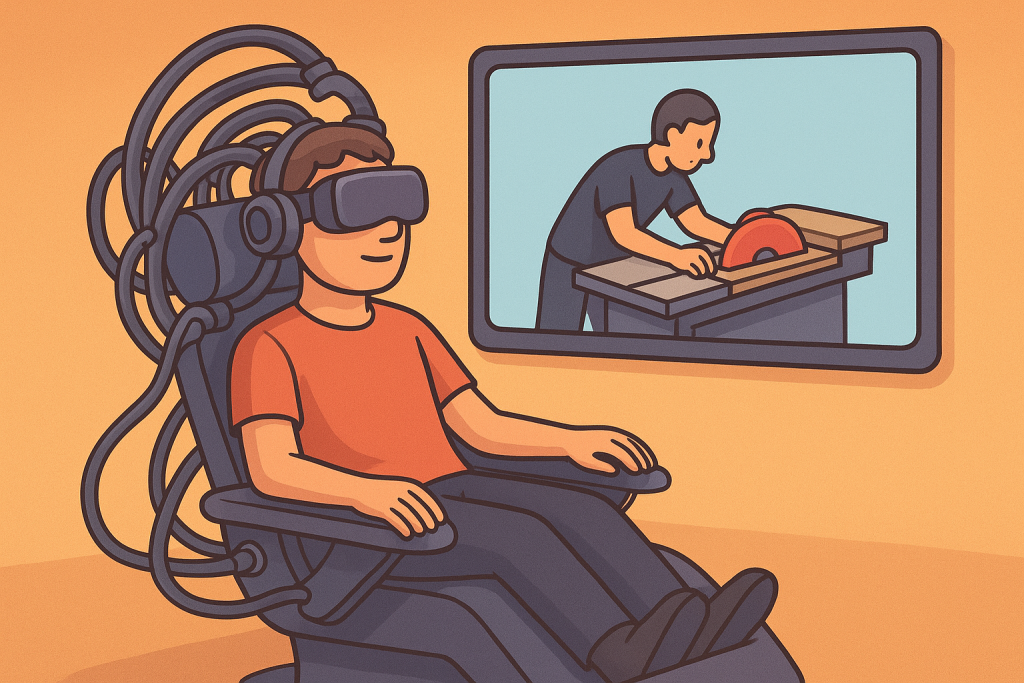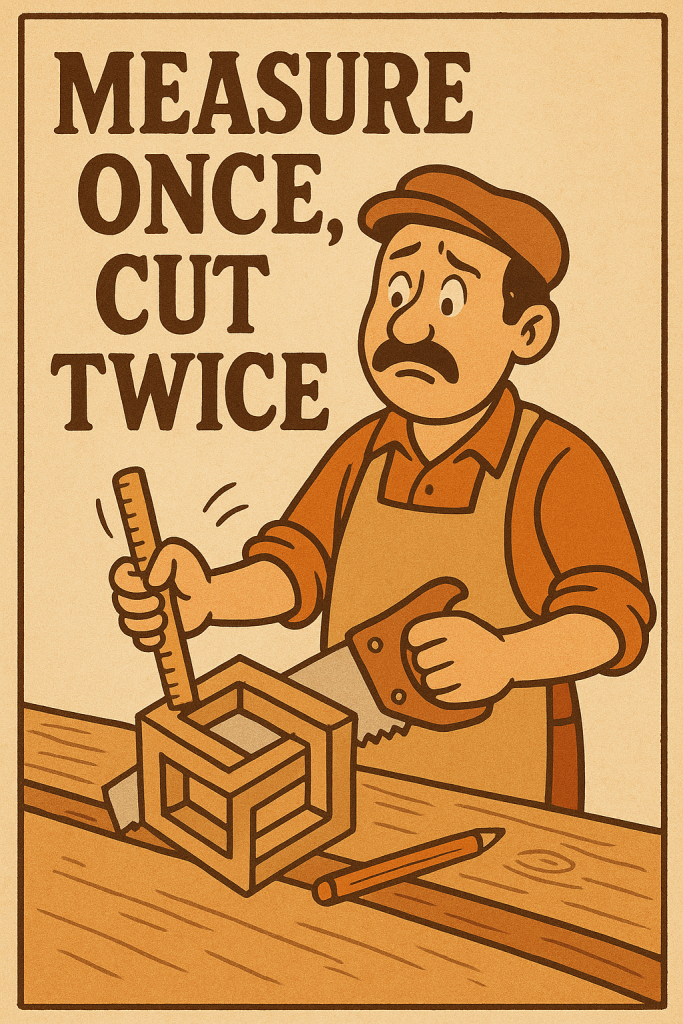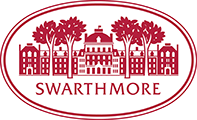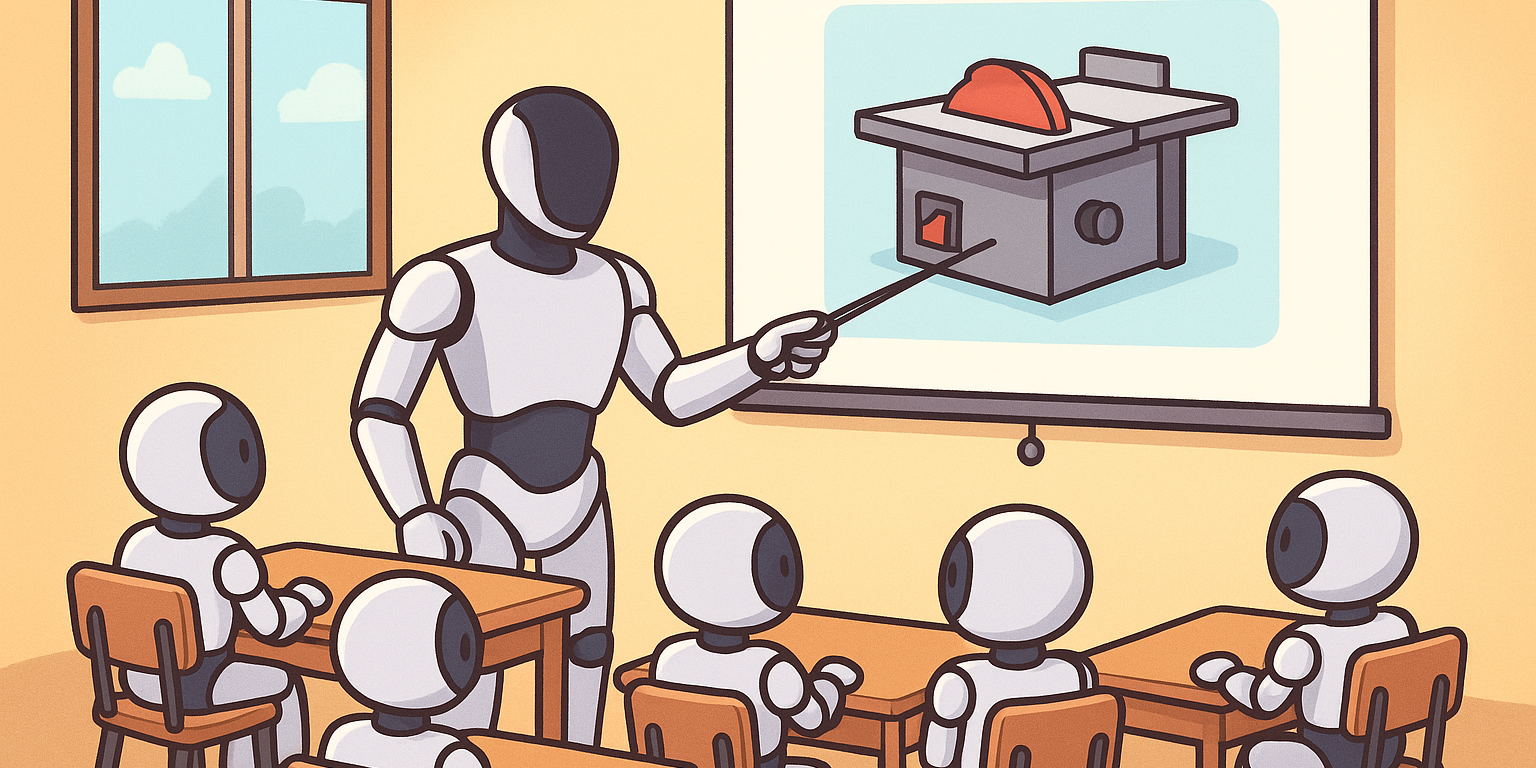tl;dr: no
But here’s some interesting questions to ponder about the reach of AI technology, the role of “creating” in a liberal arts education, and the meaning of making. Light stuff for a day with light rain.
1. How will AI technology affect the operation of an academic workshop for physical making?
Management and stewardship of a makerspace like ours involves a constant search for automation. We try to standardize everything from training, to inventory, to scheduling, to our style and tone of communication with the community. Simultaneously, our knowledge, content, and activities depend so sensitively on interaction with individuals and urgent attention to very unique safety risks. There seem to be natural barriers to proliferation of AI control and management of a workshop.

But the other half of a creative workshop is the self-directed pursuit and acquisition of knowledge, the need for understanding a workflow and framework for approaching new projects, and the near-constant need to ask very specific questions to an expert who isn’t always physically nearby. This sounds like a tailor-made task for AI tools and one can imagine an environment where students are getting as much instruction on their individual projects from AI as they are from humans in the shop.
On a more personal level, it will make me sensitive to using em-dashes in my prose. 🙂
2. How will the courses and subjects that depend on physical making factor into or shift roles in an education, as AI tools play an increasing role in digital, online, and writing-based academic tasks?
This is already an open question. Making frequently gets described as a “practical skill,” sometimes elevated as an enriching and “grounded” alternative to more abstract or intellectual pursuits at a college. I personally approach the categorization differently; I see making more conceptually aligned with creating than I do with vocational building. More poiesis than techne, for the Classics fans out there.

It is my hope, or feeling, that there will be a conceptual reaction to the AI-age in education as much as a practical one. We may find students turning to those Classics and Humanities skills as much as they are toward the “AI-proof” practical ones. In this sense, a physical workshop for “creating” stands to play a bigger role in both ways.
3. How will the consolidation of more and more “automate-able” tasks into the realm of AI-tech tools affect our sense of “creativity” in a shop like this?
Truly, no answer here. There are many, many things one can currently do in the makerspace that have no obvious opening or use for AI. Certainly, that list will get smaller as tools get better. But the question points to the real head-scratcher here: that the definition of creativity is intimately tied up with what we think humanity is uniquely capable of. It is elusive: the more quickly one points to and identifies something that is truly creative, the quicker the thing vanishes. So, I don’t know, but the best strategy seems to be to keep creativity at the root of the project of an academic workshop like this makerspace, and just keep asking the question.
Or, just ask the robots.

